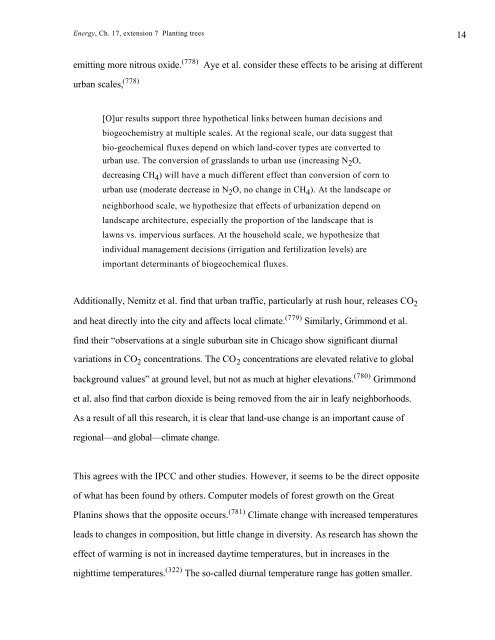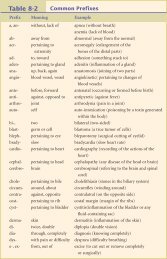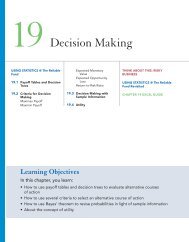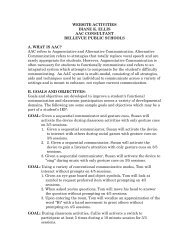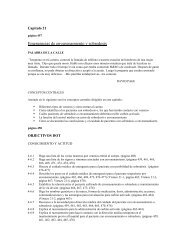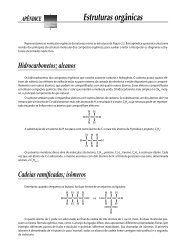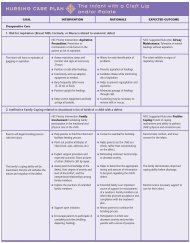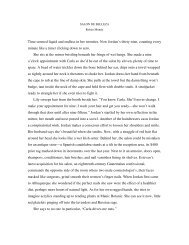Extension 17.7: Planting Trees
Extension 17.7: Planting Trees
Extension 17.7: Planting Trees
Create successful ePaper yourself
Turn your PDF publications into a flip-book with our unique Google optimized e-Paper software.
Energy, Ch. 17, extension 7 <strong>Planting</strong> trees 14<br />
emitting more nitrous oxide. (778) Aye et al. consider these effects to be arising at different<br />
urban scales, (778)<br />
[O]ur results support three hypothetical links between human decisions and<br />
biogeochemistry at multiple scales. At the regional scale, our data suggest that<br />
bio-geochemical fluxes depend on which land-cover types are converted to<br />
urban use. The conversion of grasslands to urban use (increasing N 2 O,<br />
decreasing CH 4 ) will have a much different effect than conversion of corn to<br />
urban use (moderate decrease in N 2 O, no change in CH 4 ). At the landscape or<br />
neighborhood scale, we hypothesize that effects of urbanization depend on<br />
landscape architecture, especially the proportion of the landscape that is<br />
lawns vs. impervious surfaces. At the household scale, we hypothesize that<br />
individual management decisions (irrigation and fertilization levels) are<br />
important determinants of biogeochemical fluxes.<br />
Additionally, Nemitz et al. find that urban traffic, particularly at rush hour, releases CO 2<br />
and heat directly into the city and affects local climate. (779) Similarly, Grimmond et al.<br />
find their “observations at a single suburban site in Chicago show significant diurnal<br />
variations in CO 2 concentrations. The CO 2 concentrations are elevated relative to global<br />
background values” at ground level, but not as much at higher elevations. (780) Grimmond<br />
et al. also find that carbon dioxide is being removed from the air in leafy neighborhoods.<br />
As a result of all this research, it is clear that land-use change is an important cause of<br />
regional—and global—climate change.<br />
This agrees with the IPCC and other studies. However, it seems to be the direct opposite<br />
of what has been found by others. Computer models of forest growth on the Great<br />
Planins shows that the opposite occurs. (781) Climate change with increased temperatures<br />
leads to changes in composition, but little change in diversity. As research has shown the<br />
effect of warming is not in increased daytime temperatures, but in increases in the<br />
nighttime temperatures. (322) The so-called diurnal temperature range has gotten smaller.


